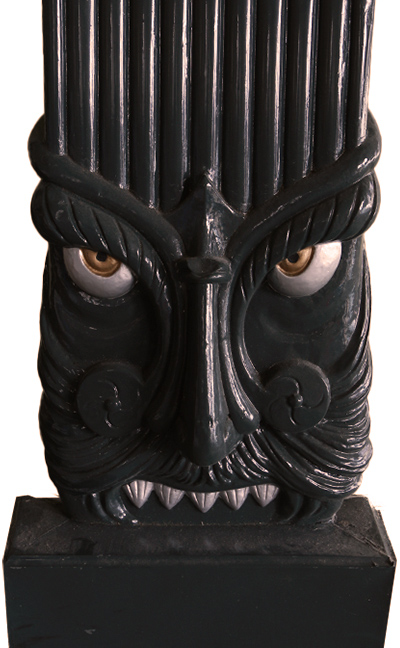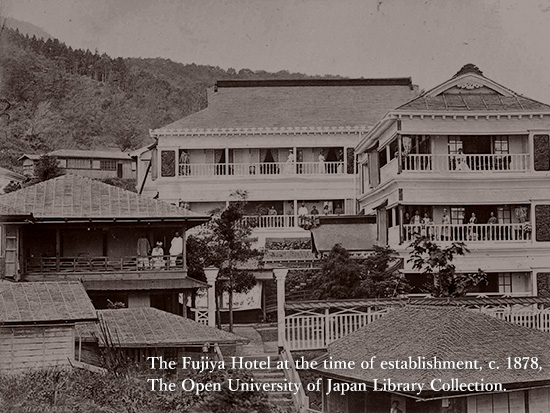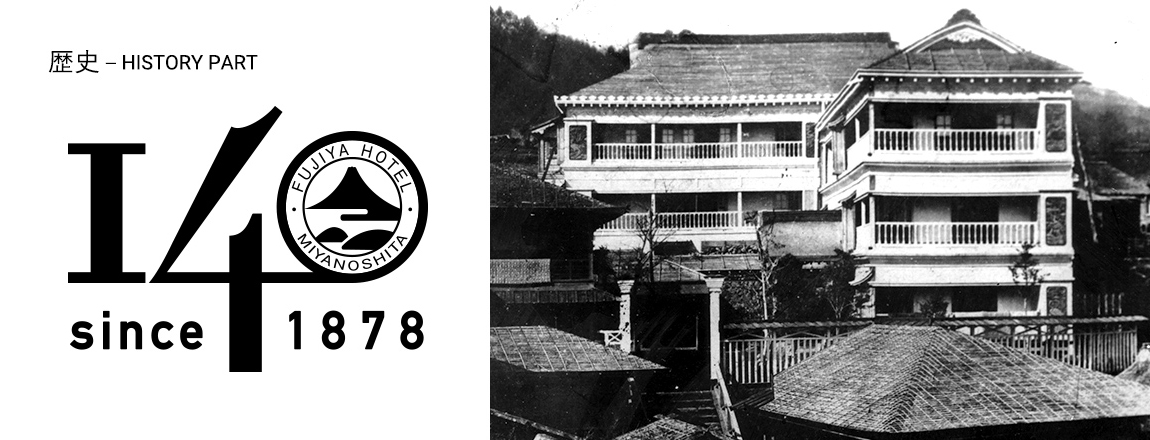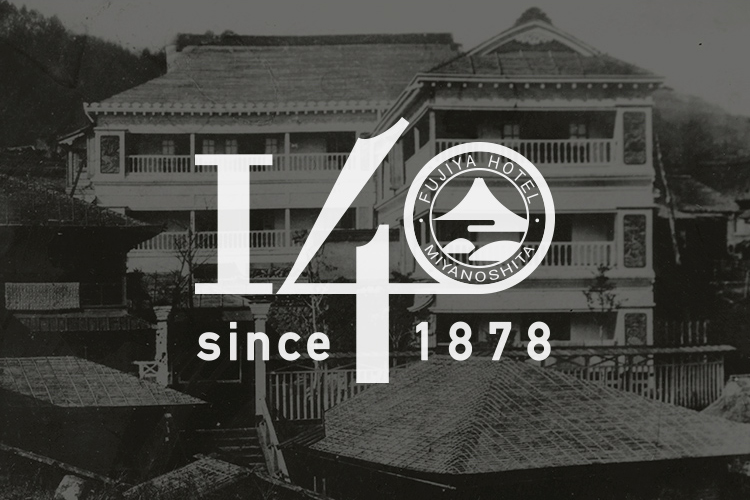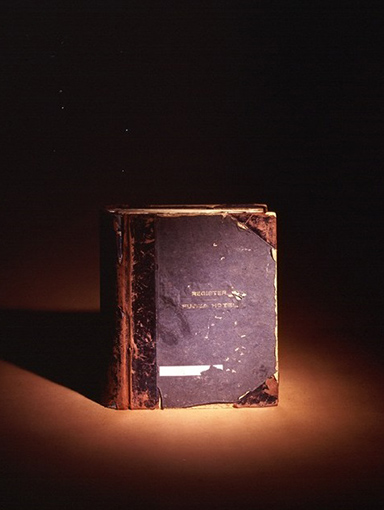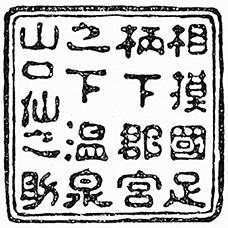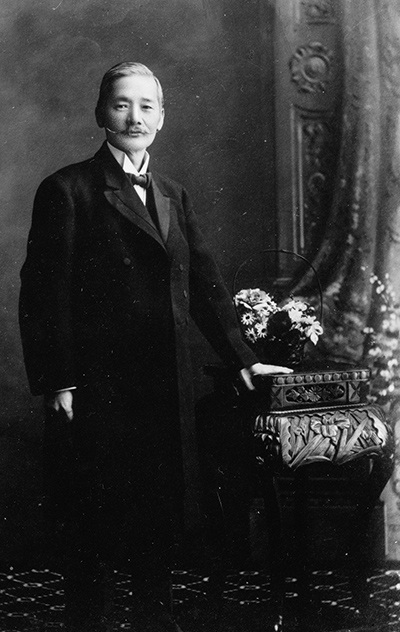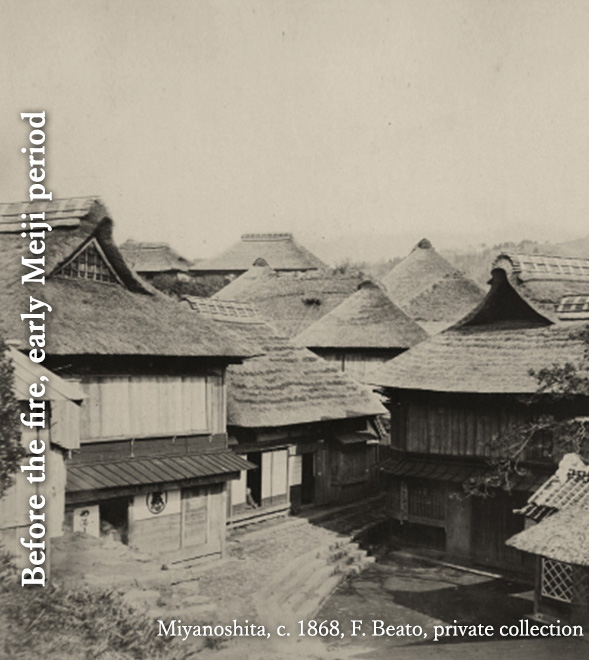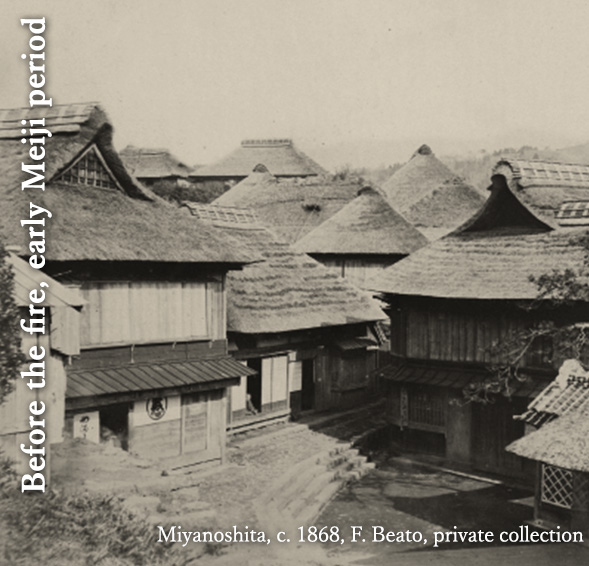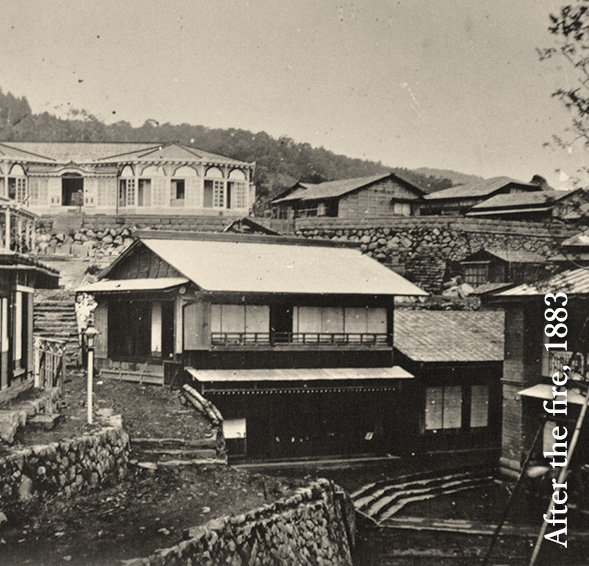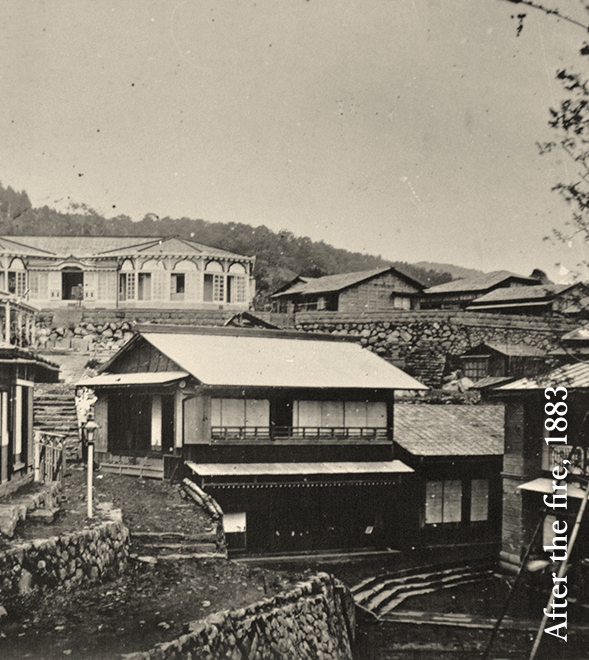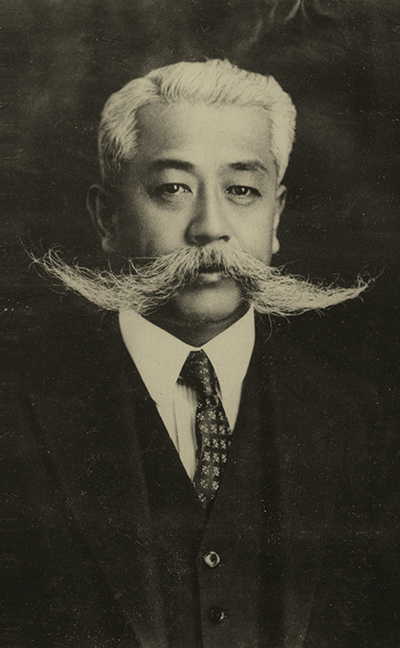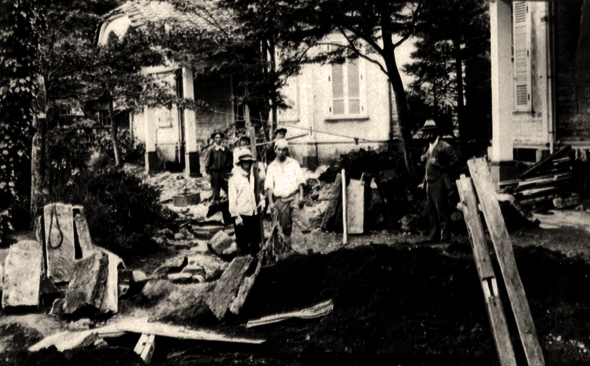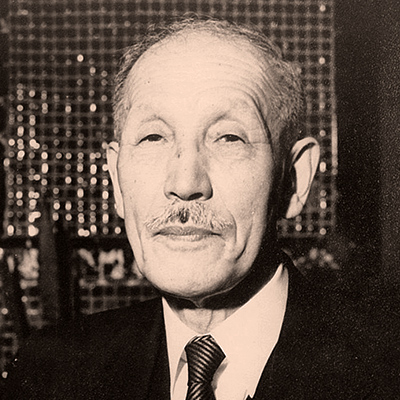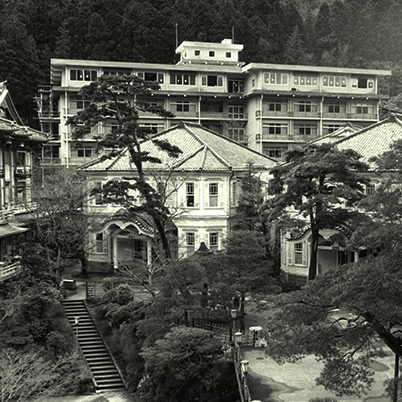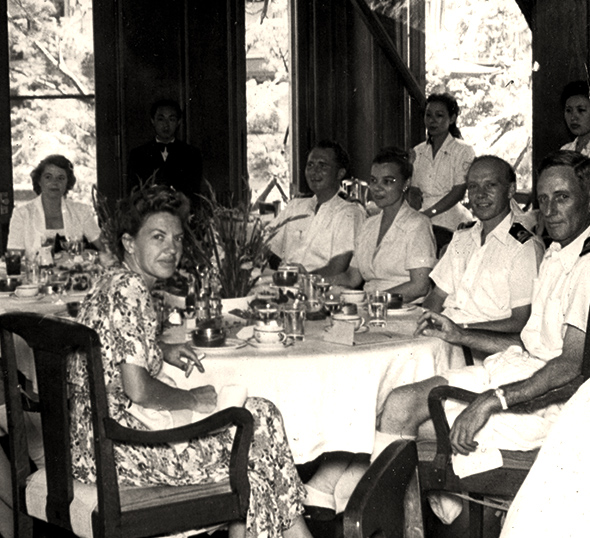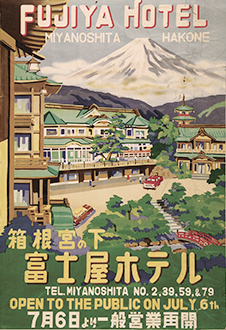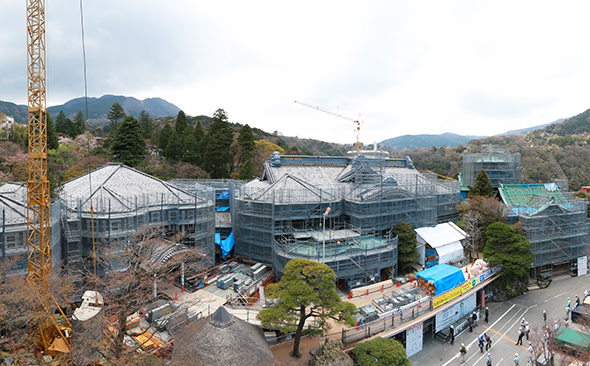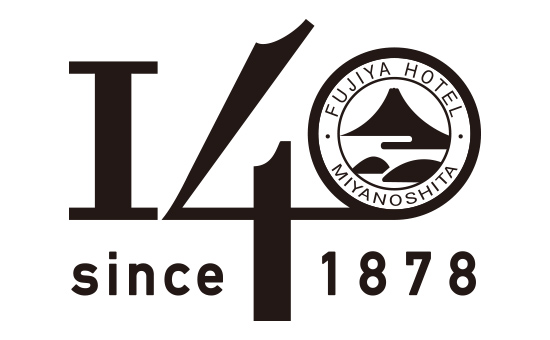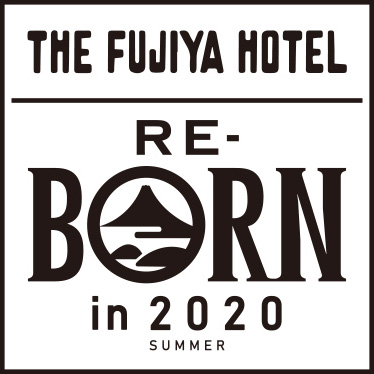Shozo Yamaguchi 1882-1944
Shozo Yamaguchi was the second son of Kanaya Hotel founder Zenichiro Kanaya. At the age of 18 he went to the United States and then spent seven years in England working as a hotel bellboy. After returning to Japan he was adopted by Sennosuke and took on the role of managing Fujiya Hotel. He actively incorporated English and American styles of service into Fujiya Hotel and also endeavored to establish Sengoku Golf Course.
The third president, Shozo Yamaguchi, is remembered for many unconventional and brilliant achievements as hotel manager—namely, the establishment of Fujiya Motorcar Company, the opening of the Hakone Hotel, and the construction of the dining wing and Flower Palace at Fujiya Hotel. He was admired and assigned as the manager of the new Imperial Hotel in Tokyo, which was designed by Frank Lloyd Wright was famous. At the same time, his tenure was besieged by many crises, including the sudden Great Kanto Earthquake and the insidious approach of the Second World War. Despite these adversities, his never-say-die attitude remained constant and he laid the foundation of today’s hotel services by seizing business opportunities to realize a new style of Japanese hotel management inherited from both his biological and adoptive fathers.
Shozo Yamaguchi 1882-1944
Shozo Yamaguchi was the second son of Kanaya Hotel founder Zenichiro Kanaya. At the age of 18 he went to the United States and then spent seven years in England working as a hotel bellboy. After returning to Japan he was adopted by Sennosuke and took on the role of managing Fujiya Hotel. He actively incorporated English and American styles of service into Fujiya Hotel and also endeavored to establish Sengoku Golf Course.
